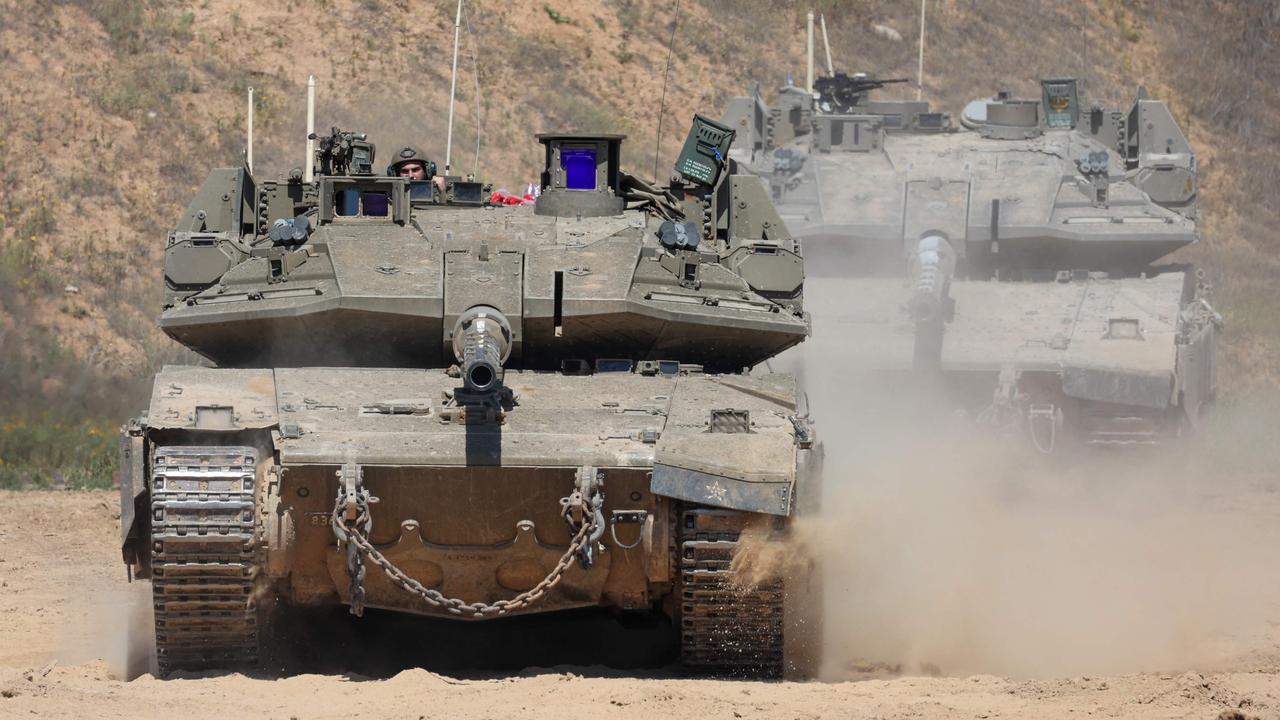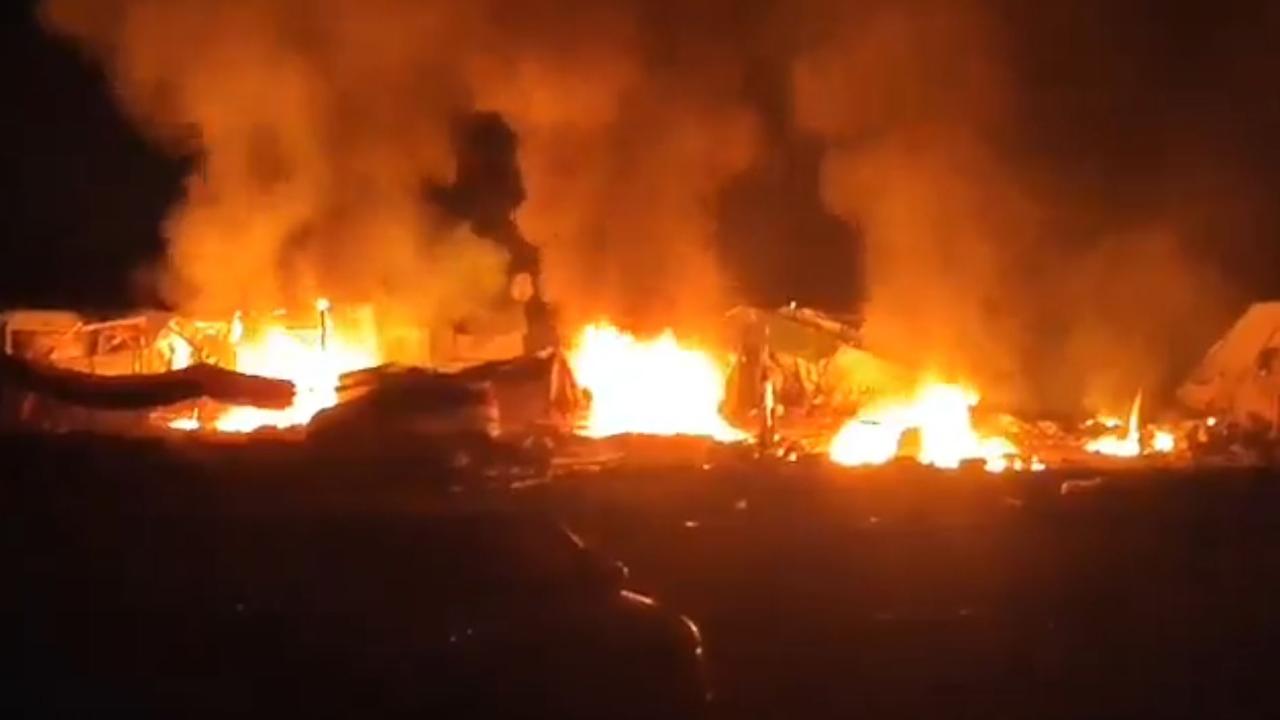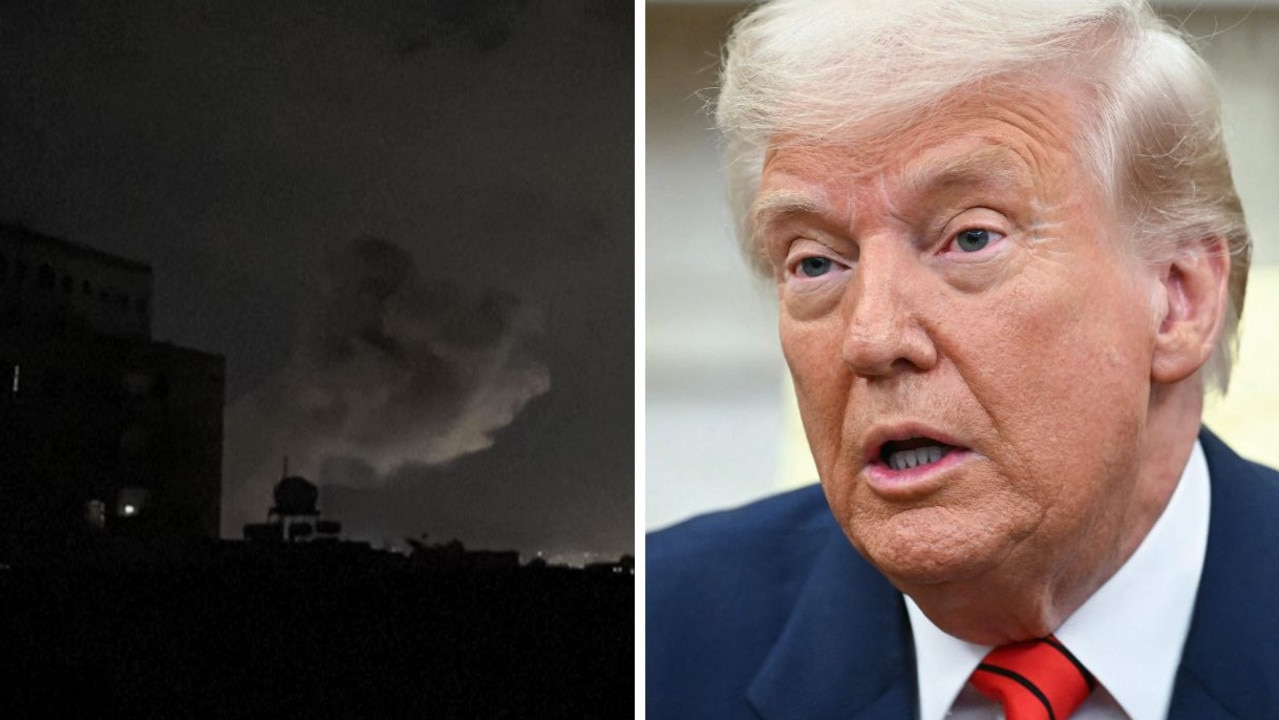Deadly substance that caused Beirut blast and why it exploded
It left at least 100 people dead and a city in ruins - here’s what caused the devastating explosion in Lebanon’s capital on Wednesday morning.
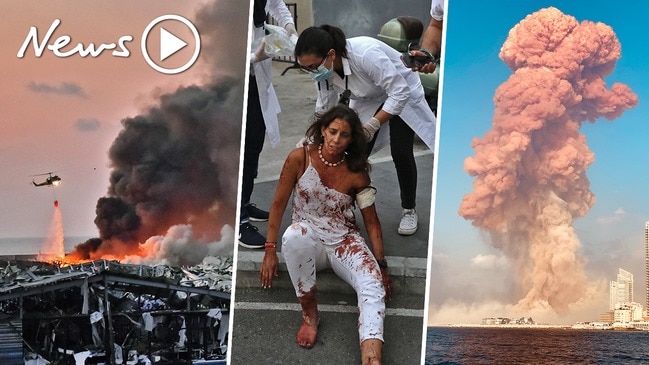
The deadly substance that fuelled the Beirut explosion is the same material used in domestic terrorist attacks such as the Oklahoma City truck bombing which killed 168 people.
Ammonium nitrate is a highly reactive chemical and although Lebanese authorities say it was lying in a vast quantity, yet inert, in a warehouse for six years, several possible things could have made it suddenly ignite.
With the chemical formula NH4NO3, it is used mainly for fertilising farmland.
But it is also used as an explosive when mixed with a substance like diesel fuel for bulk industrial operations in mining, quarrying and large scale construction of bridges and roads.
While it is not dangerous on its own, if it becomes contaminated with fuel or some other chemicals, it can detonate.
It did so with terrifying intensity in the port area of the Lebanese capital on Tuesday, leaving at least 100 dead and up to 4000 injured.
It exploded buildings, sent shrapnel flying, buried people in rubble and emitted deep booms heard more than 200km away on the island of Cyprus
The catastrophe, which rendered Beirut a disaster zone, was initially thought by some to be an earthquake and others to be a terrorist attack.
However, Lebanese Prime Minister Hassan Diab has revealed in a broadcast to the nation that the source of the explosion was a “dangerous warehouse that has been there [at the port] since 2014”.
Legal records show an Africa-bound ship carrying a massive 2750 tonnes of ammonium nitrate was impounded at Beirut’s port in late 2013.
The Financial Times reported the law firm prosecuting the case said the cargo had been unloaded into a warehouse where it lay unsecured.
To put the destructive power of that amount of the chemical into perspective, it was 2200kg of ammonium nitrate Oklahoma City truck bomber Timothy McVeigh used with deadly intent in 1995.
The Beirut pile of the chemical was more than a thousand times larger than McVeigh’s bomb.
RELATED: Huge explosion in Beirut, Aussie dead
RELATED: Chilling detail in Beirut explosion
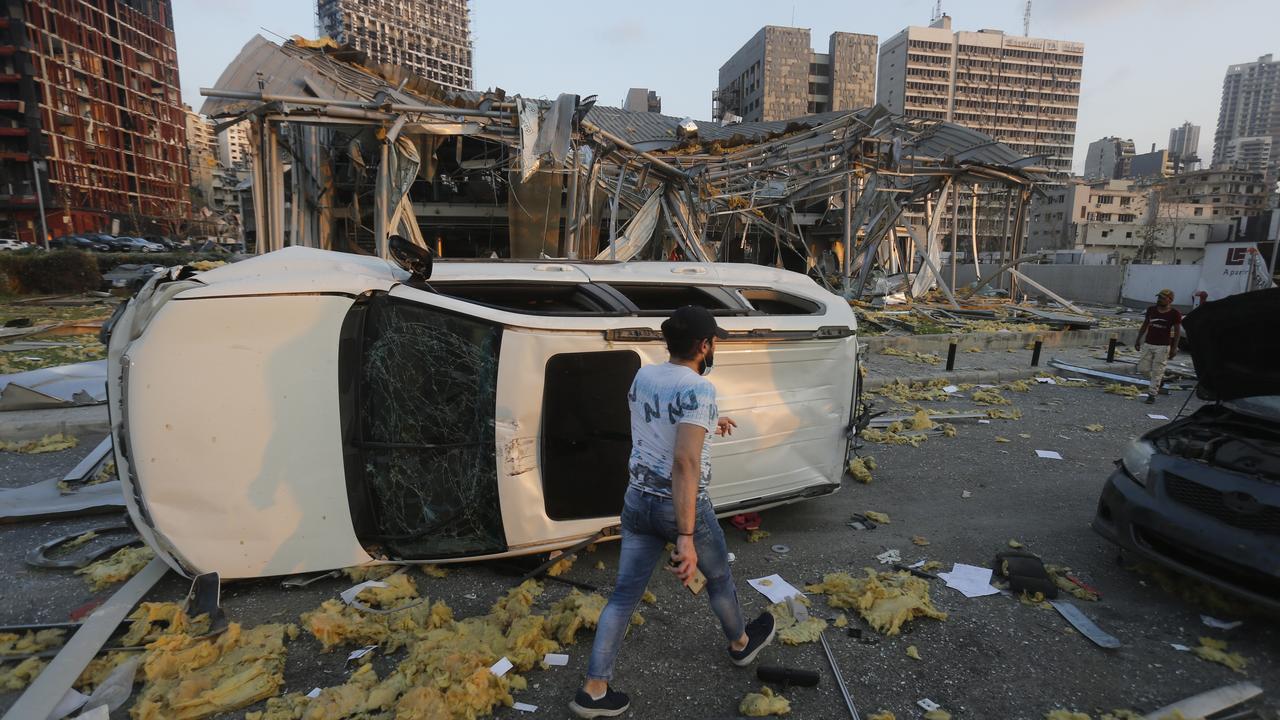
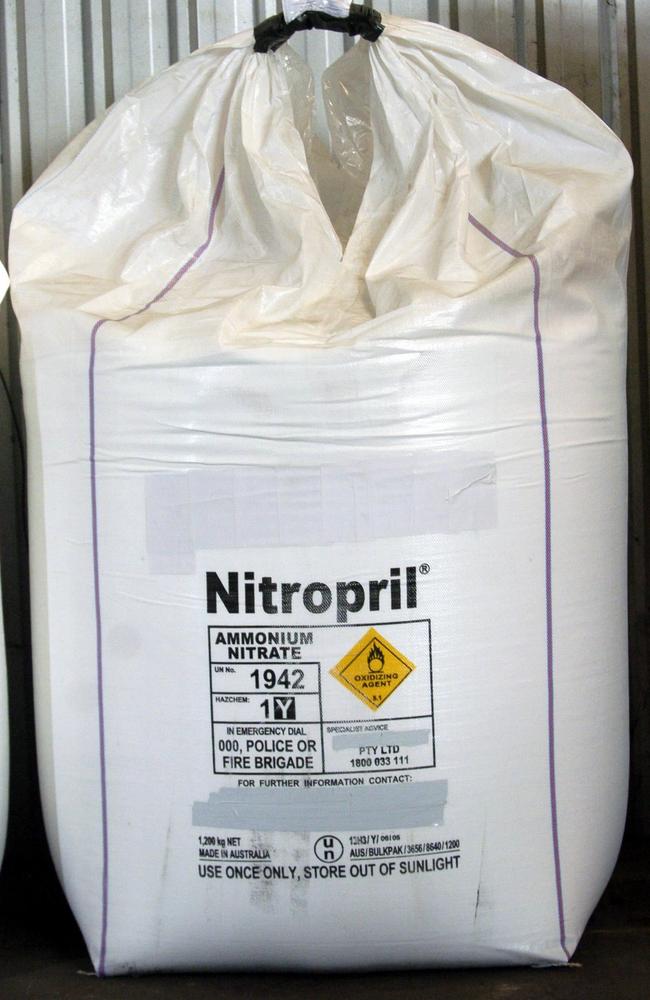

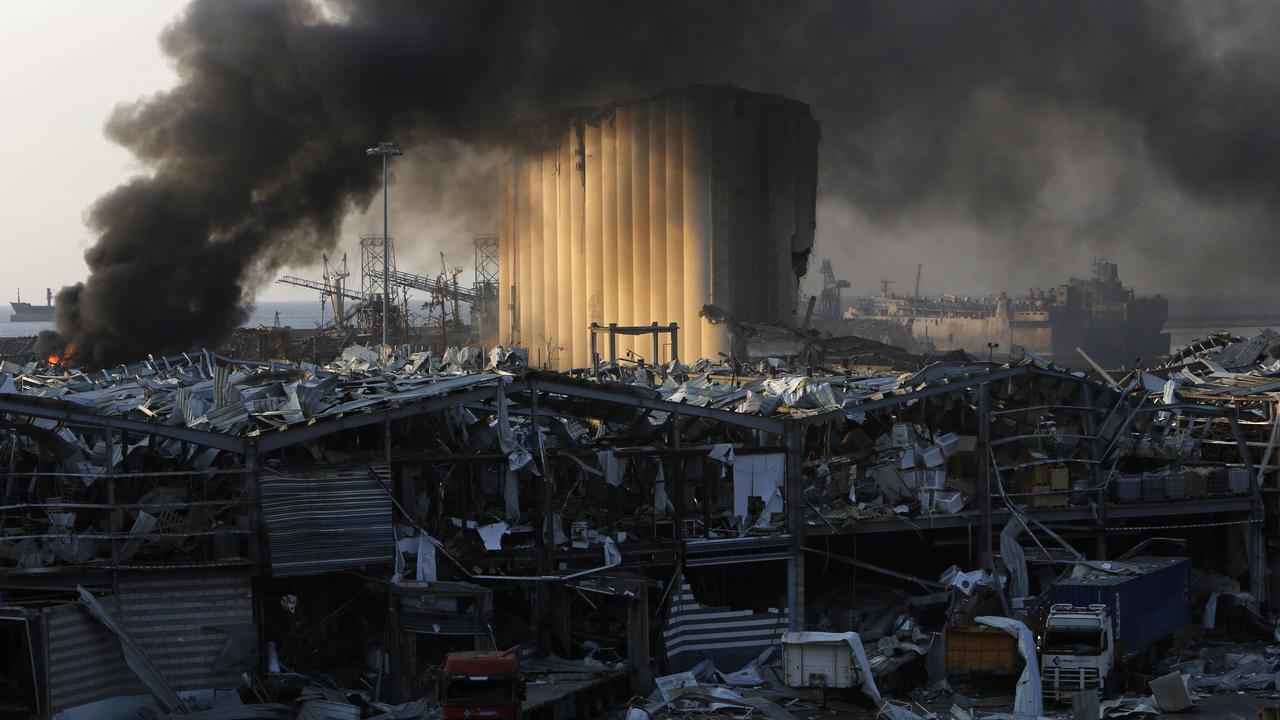
Ammonium nitrate is found naturally as a mineral, but is now mostly made synthetically and appears as a white crystalline substance.
As a fertiliser it is a stable material, however it readily forms an explosive mixture in combination with fuels or fuel oil.
What actually exploded the large warehouse store at Beirut’s port is still being investigated, but ammonium nitrate should not be stored near any heating or ignition source.
Ammonium nitrate reacts with combustible materials and is a strong oxidant, meaning it draws oxygen in to further fuel the blaze.
The chemical store might have been left near different chemicals which could lead to a rapid and violent disintegration.
Government restrictions regulate the control of ammonium because of its potential for misuse.
The chemical has caused civil disasters before, including the 1947 Texas City disaster which was the deadliest industrial accident in US history, also exploding at a city port, killing 581.
But ammonium nitrate is more infamously renowned for it criminal use in homegrown terror attacks.
RELATED: Video shows deadly blast
These include the 2011 and 2013 blasts in the Indian cities of Delhi and Hyderabad and Norwegian terrorist Anders Breivik’s Oslo car bombing before his 2011 Utoya island massacre.
Most deadly of the deliberate attacks using ammonium nitrate was on a federal building in Oklahoma City in 1995.
On April 19, a bomb made up of forty 23kg bags of ammonium nitrate – enough to fertilise five hectares of farmland – exploded at the Alfred P. Murrah building.
The ammonium nitrate was mixed with diesel fuel and the solvent nitromethane, or “nitro”, causing an explosion which could be heard 90km away.
Among the 168 who died in the domestic terrorist truck bombing were 19 children, and the blast injured hundreds more and destroyed or damaged more than 300 buildings in a 16-block radius.
A photograph of a firefighter holding the body of a bloodied and dying infant girl rescued from the rubble became an iconic image of the heinous work by the bombers, McVeigh and Terry Nichols.
The pair was inspired by the 1993 Waco siege by Branch Davidian leader David Koresh and motivated by revenge against federal authorities.
McVeigh was arrested 90 minutes after the blast, initially for driving offences, and Nichols turned himself in two days later.
McVeigh was tried, sentenced to death in 1997 and then executed by lethal injection in 2001, the first federal US execution in 38 years.
Nichols was sentenced to life without parole.


